The seasons are a-changin', and that means it’s out with the old and in with the new. Each spring and summer, restaurants and bars successfully roll out warmer-weather menus. More than likely you've already revamped your beverage program due to COVID. Whether that means you've streamlined your beverage program or added to it, chances are, you've got some leftover inventory ready to be shot, shaken or stirred. And while flawless inventory management would be nice, it’s not always going to go that way. But don’t worry—we’re here to help. Today, we’re talkin' all the ways you can make a profit using leftover bar inventory.
Problems with Leftover Bar Inventory
Leftover inventory does more than just take up shelf space. It actively eats away at profits. To a tight-margin business like a bar or a restaurant, tying up much-needed money in unused inventory can have severe effects on overall expenditures. Say you overbought the summer inventory by $2000. When fall comes around, that’s $2000 that you don’t have to buy much-needed fall ingredients. This makes it abundantly clear just how important it is to do something with your leftover inventory—it’s not just sitting there, it’s stealing money from you!
Use Your POS & Bar Inventory App to Avoid Leftover Inventory
We would be remiss to go on without providing some tips on avoiding the leftover situation in the first place. When planning your ordering cadence, we suggest taking a data-based approach. POS systems can now provide massive amounts of data and insight that can help you place accurate orders. Look at your previous season’s numbers to aid your ordering. Although it’s tempting, don’t just order based on instinct -- order based on facts.
It’s important to act and adjust when ordering your bar inventory, so that you can end your season in a good place where inventory is concerned. Of course, some leftover inventory is going to be unavoidable. But, you should use all of the tools you have to minimize that as much as possible.
Inventory Spreadsheet Template
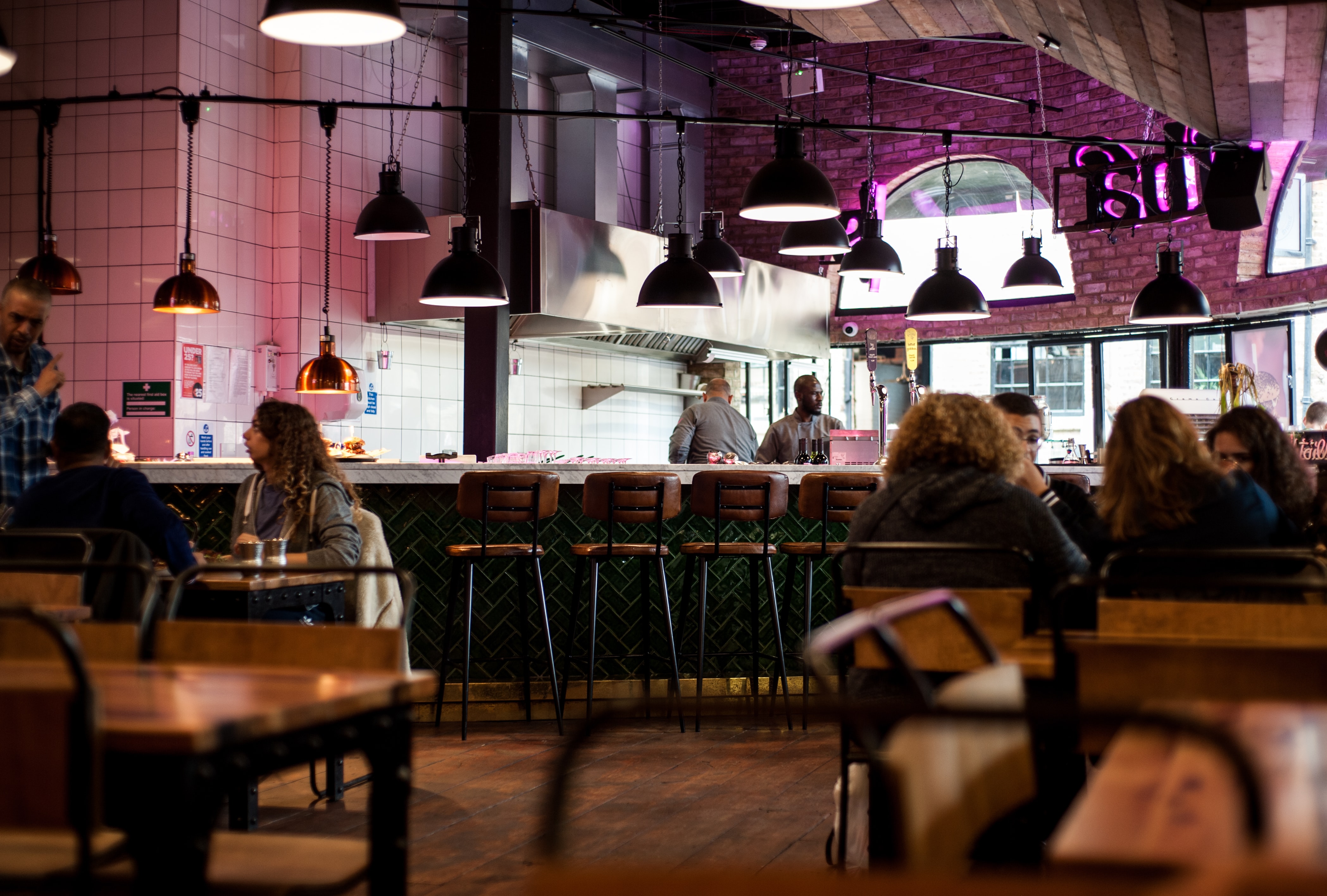 Have a Fire Sale
Have a Fire Sale
Perhaps the most obvious thing to do is to simply sell it. Offering leftover beers, wines, and cocktails at slashed prices is and easy menu hack to increase sales and an even easier way to burn through inventory. After all, making some money on leftover inventory is much better than just letting it pile up in a corner. Pairing these sales with event nights is a good way to smoothly execute them. If you have a live band, for example, customers are likely more interested in the music than the cocktails. This is a good chance to offload otherwise hard-to-sell items. Customers will be more open to buying drinks or beers that don’t feel especially in-season.
Another great opportunity is to simply make a night of it! Have a special evening billed as a ‘leftovers’ sale, and offer your summer drinks in the fall for lowered prices. This can be a festive event that not only gets rid of old inventory, but also celebrates the new season. We’ve seen this type of special event a few times, and it’s always a runaway success. Better yet, as we enter the spring season, drive traffic to your bar or restaurant patio by posting up a sign advertising these special events.
Use Leftover Inventory in Food
If you have a food program at your bar, consider letting your chefs help burn through leftover ingredients. Flavorful seasonal beers can make a great addition to many winter-friendly dishes, because most of the flavor nuance will be lost in the final dish. This means that specialty beers are well-suited to cooking. In addition, wines and spirits can serve similar roles in the kitchen. And, by using these leftovers in your food, you can turn them into profit. What’s not to love?
If you’re feeling a little generous, you can even have your kitchen whip up some staff meals with the leftover ingredients. Beer-battered fish makes an excellent crowd-pleaser. While this won’t turn your leftovers into profit, it will help with staff morale and loyalty. In the high-turnover restaurant world, these can be immensely valuable.
Have a Staff Sale
And along the lines of keeping your staff happy, consider selling leftover inventory to your employees. This can provide a sort of win/win. A staff sale is a good way to make some money back on your leftover inventory, while also sowing the seeds of positive employee morale. While you won't be able to create as much profit as selling to the public, you can expect to easily sell these items at-cost to your employees. This can adequately cover your initial purchasing at the very least. Bottles of wine and cases of beer are especially great for staff sales—trust us, an at-cost case of a great local beer is not going to go unclaimed with the Food and Bev crowd. Staff sales are a great way to keep your employees happy while also getting some of your old inventory out of the door.
Keep It
This is probably the worst way to deal with leftover inventory, but it could work for some establishments where space is not an issue. Many ingredients like beer, wine, and spirits will keep just fine for a year in a cold, dark spot. If you can find somewhere out of the way (and safe from certain sneaky employees), keeping leftover inventory is a viable option. Again, though—this is not the best idea. As most restaurant employees know, keeping old stuff tends to have a snowball effect. If you start to keep a little bit of leftover inventory, things can easily start to pile up.
Host a Happy Hour
Happy Hour may be the perfect time to get rid of old inventory. For example, it’s November and you’re sitting on four cases of watermelon ale leftover from a June purchase. Half price watermelon beer anyone? Even in the fall, that’s going to be a no-brainer. Lining your happy hour menu with last season’s items is a surefire way to increase your bar's profit margin.


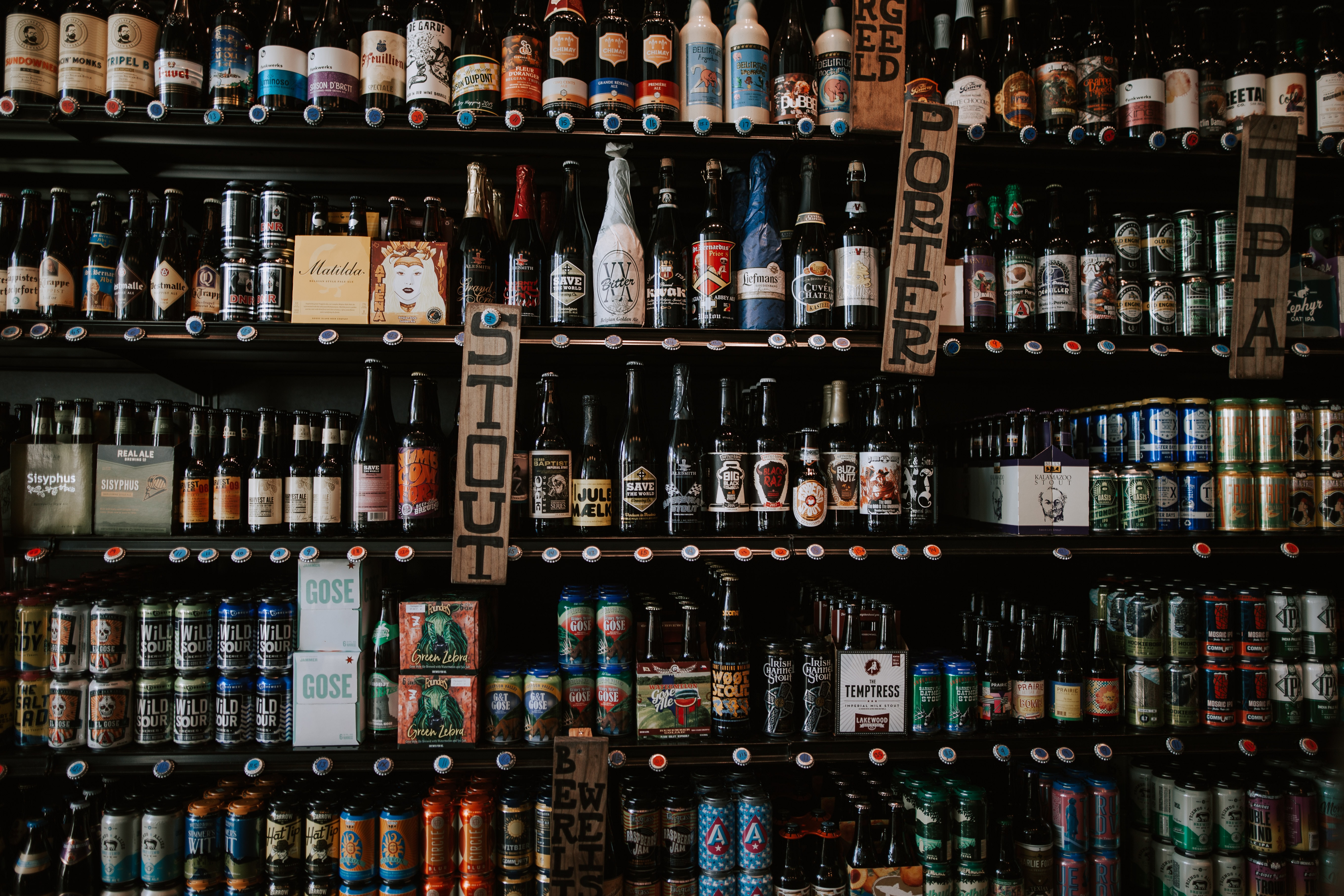
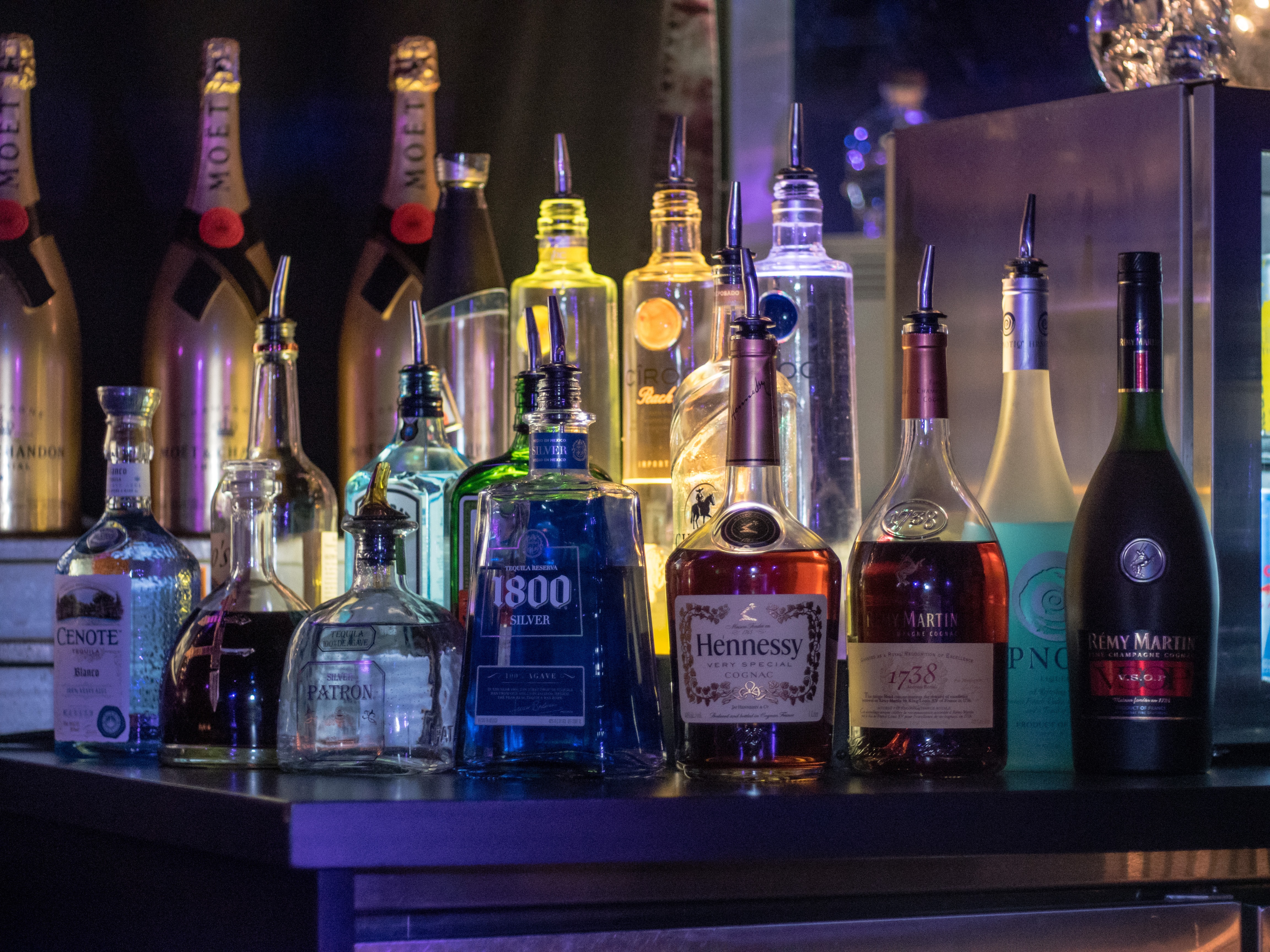
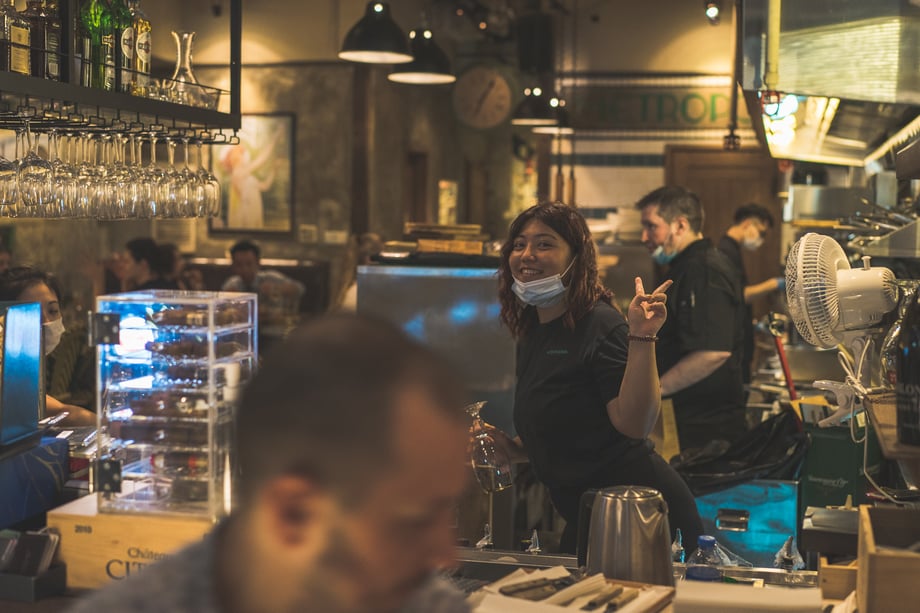
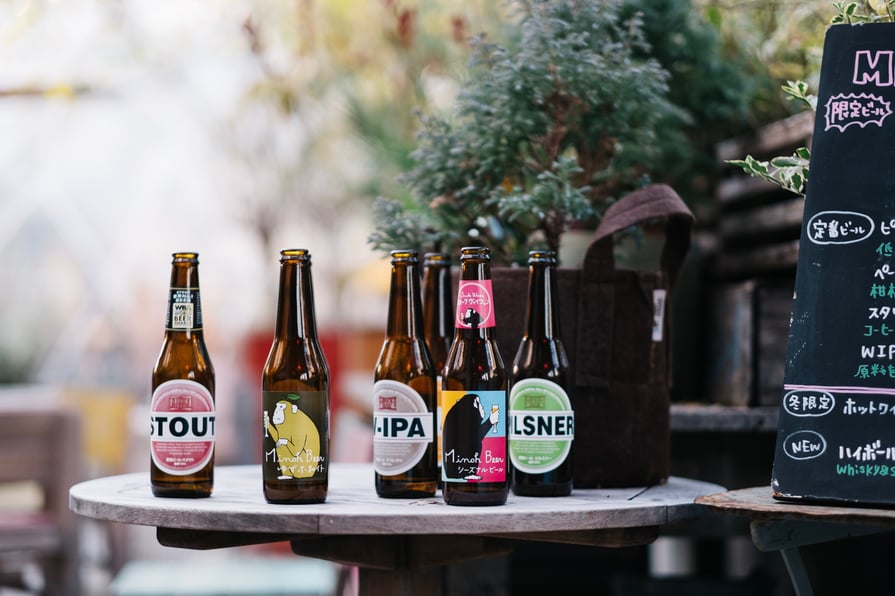
Comments